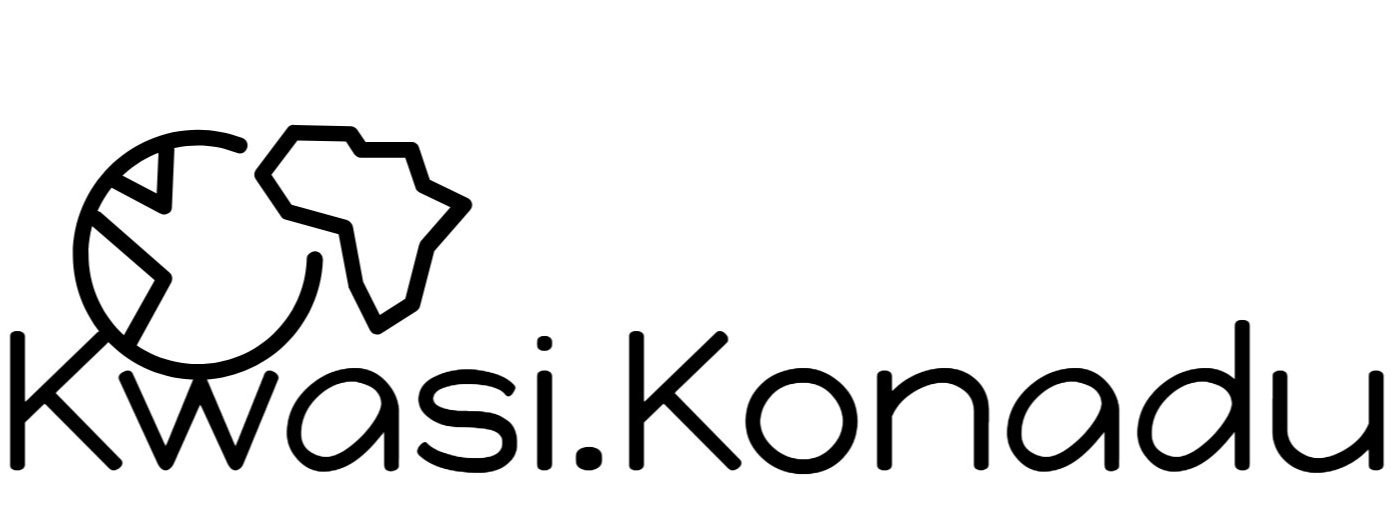Projects in Progress
Empires of Gold: How Precious Metals, Beliefs, and Bodies Made the Age of Global Empire. Status: manuscript completed.
In the period c. 1450-1800, western Africa possessed inland empires, and western Europe produced maritime ones on a scale not seen before nor since in world history. It was the age of imperial Mali and Songhay, but also Portuguese, Spanish, French, Dutch, and British overseas expansion. It was also the age of the international currency and commodity called gold. Then, Europe’s silver and imported African gold flowed one-way into western Asia for high-priced goods, creating a lasting trade imbalance between “East” and “West.” Though Europe’s gold and silver shortfalls led to the dawn of credit (a concept borrowed from the Islamic world), stimulating trade and evolving banking institutions, its chronic dependency drove the trade imbalance and need for African gold beyond Muslim brokers. This dependency and imbalance existed since the Roman empire and the imperial days of northern Africa’s Carthage, Meroë, and Aksum. In the long shadow cast by the collapse of Rome and then Charlemagne’s empire, leaving territories constantly at war but benefiting from foreign innovation and currency, western Europeans built ships and far-flung trading posts, organized global commerce, amassed staggering fortunes in precious metals, spices, cloth, and captives. Amid this cast of powerful empires stood one place in Africa whose gold attracted all and yet matched or overcame their imperial ambitions and global wars. This place was Africa’s Gold Coast, one of its richest and most globalizing regions, first through gold, then captives. The Gold Coast was a five-century site of globalization and power, and these empires could neither conquer nor colonized it until its homegrown Asante empire capitulated in the early twentieth century. Empires of Gold tells this epic story.
History of African Diasporas. Status: conception stage.
More to come…
A People's History of Jamaica. Status: research completed. Writing stage.
This project is a people’s history of Jamaica from the sixteenth to the early nineteenth century, when the island was peopled by an enslaved majority with a significant Africa-born population. The goal is to how the people and the island took shape in relation to other British colonial holdings and to serve as a case study of paradoxes generated by empire, transatlantic slavery, and colonialism. The study further asks how Jamaica and the rest of the postcolonial world might come to terms with the consequences of empire and colonial slavery
The Transatlantic Slaving Diet. Status: research completed. Writing stage.
In this project, I plan to use the optics of medical and food science to interpret one of the most complete slave ship log’s description of diets, the dying and dead among the enslaved juxtaposed to the eighteenth century visual representations of the Atlantic crossing. I am aiming for new ways to reinterpret and visualize the “African” body and the inner life of that body. By correlating the “slaving diet” with the dietary patterns of specific African groups clustered on the lower decks of slaving vessels, we can more accurately account for the discrepancy between homeland and slaving diets and their uneven consequences, the guesswork that informed the visual representations of African bodies on board and the more accurate visualizations of the outer and inner body through graphic novel recreations. By bringing science and art together and applied to the study of transatlantic slaving, we can embody the disembodied in more fuller and human ways that contrast with documents of repression, such as the logs where they were simply notations, and that show how a regimented diet of starches led to malnutrition and other health consequences that complicated the body of the enslaved and their eventual life of coerced labor. The goal is study of the consequences of the transatlantic slave diet for West African and diasporic communities in the Americas and Western Europe, and what can be done to reverse historically-shaped dietary and health outcomes.
Journalistic Writings
“Black Lives Matter: How far has the movement come?” The Conversation, September 8, 2021
“Tulsa and the Open Question of Justice, 1921–2021,” Black Perspectives, June 8, 2021
“What the US can learn from Africa about slavery reparations,” The Conversation, May 6, 2021
** Family History Worksheet **
Select Articles and Book Chapters
[ Click to download the PDF, where one exists]
“A Manden Myth in the Akan Forests of Gold,” African Economic History 50, no. 2 (2022): 64-86.
“Akan Societies and Monetary Systems in the Trans-Saharan and Trans-Atlantic World,” in Beyond the Empires: Histories of the Atlantic World (16th to 19th Centuries), eds. Toby Green and Hugo Ribeiro da Silva (Cambridge University Press, forthcoming)
“From Africa to the Americas” and “Transatlantic Slaving (Diet) and Implications for Health in the African Diaspora,” in Legacy of the Crossing: Life, Death and Triumph among Descendants of the World's Largest Forced Migration, ed. Thomas A. LaVeist (New York: Diasporic Africa Press, 2017).
